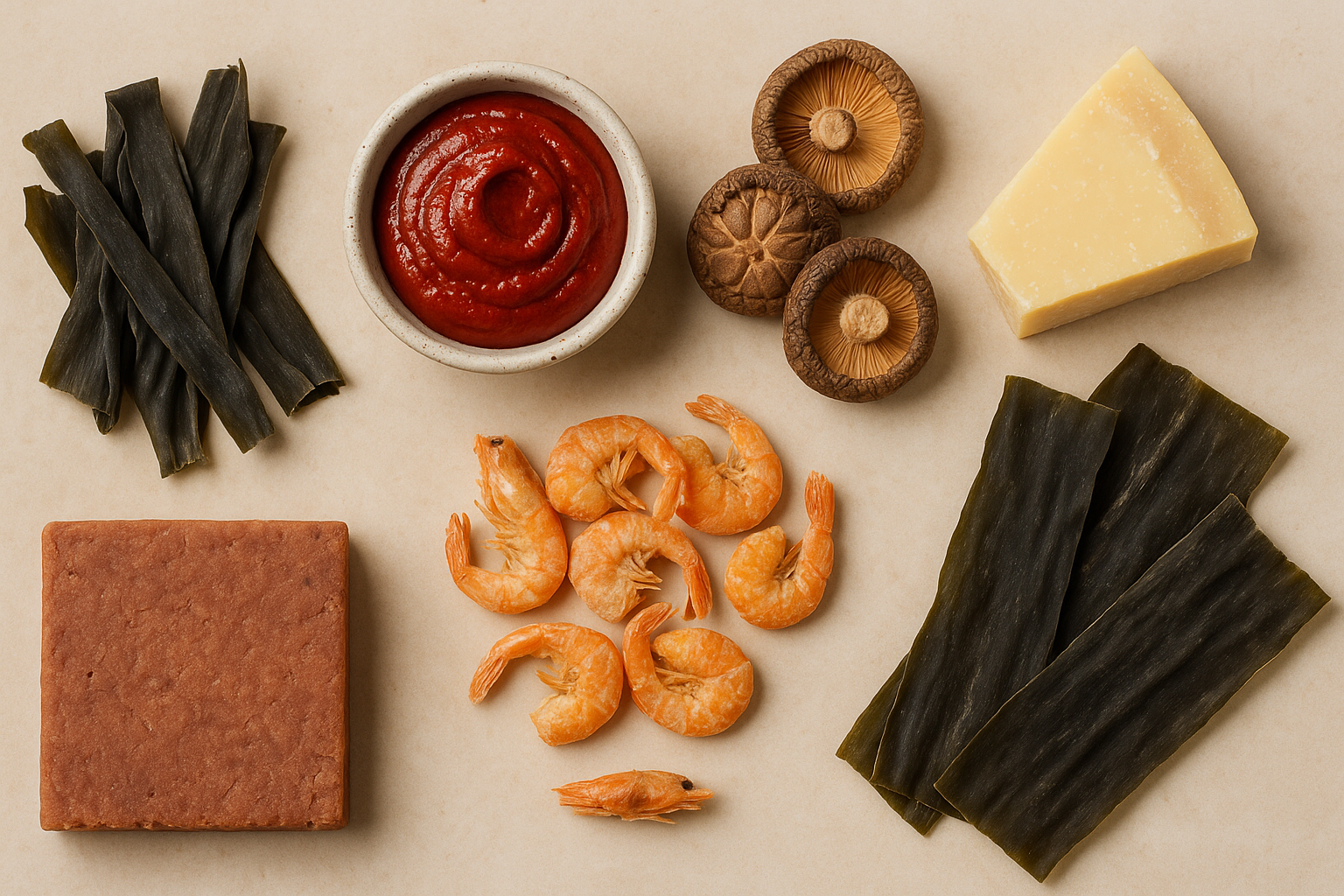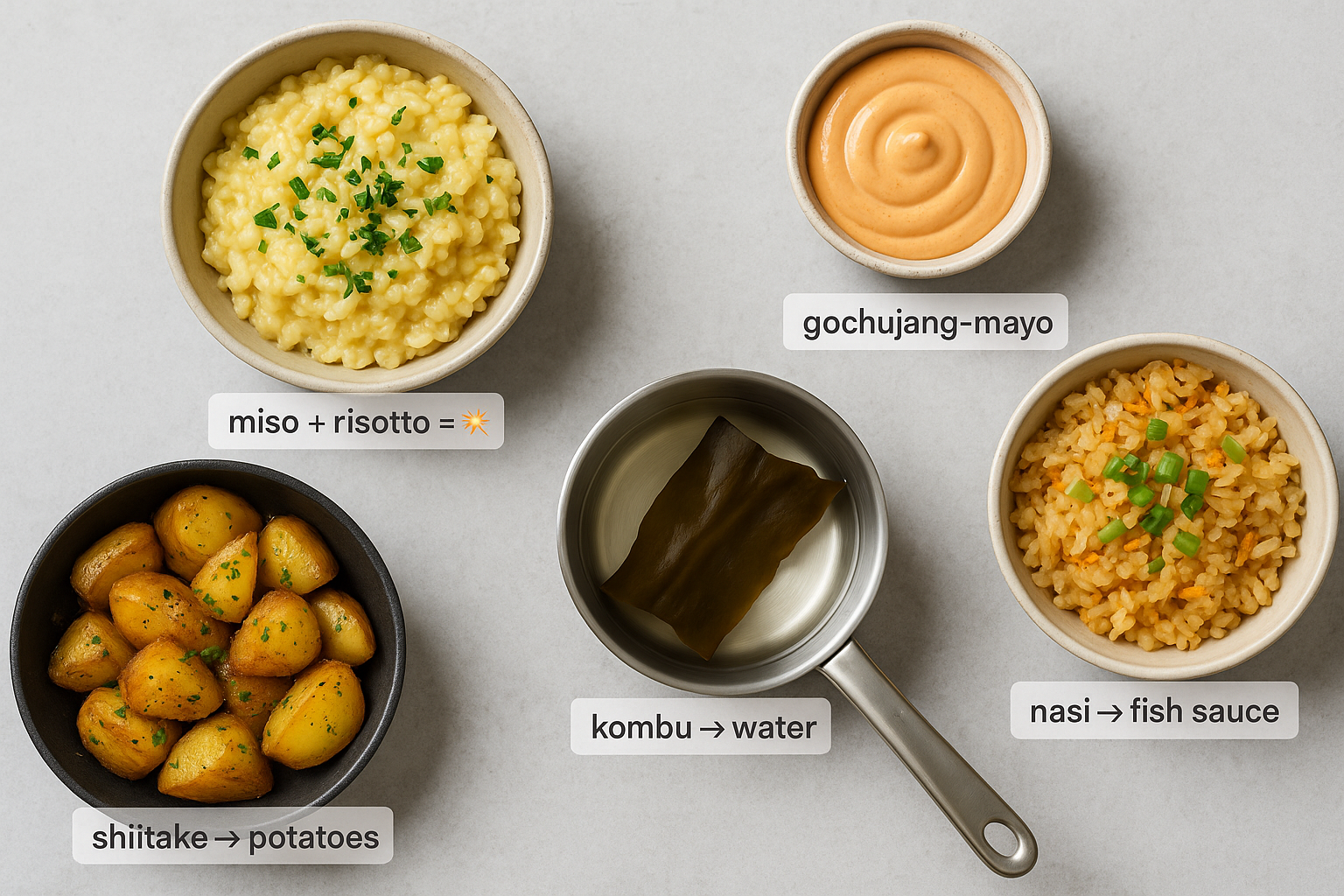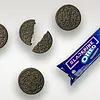Umami: The Fifth Taste That Makes Everything Better
You know the feeling: that deep, savory sensation you get from a rich broth, a warm cheese puff, or a spoonful of steaming miso soup. It's not salty, not sweet, not sour, not bitter — but something extra. That’s umami.
And once you recognize it, you’ll never want to cook without it again.
What Is Umami, Really?
"Umami" literally means “deliciousness” in Japanese. It’s the taste of glutamates and nucleotides — naturally occurring compounds found in fermented foods, aged cheeses, meat, mushrooms, and seaweed. It gives dishes that deep, round, savory flavor that’s hard to resist.
The term was officially coined in 1908 by Japanese professor Kikunae Ikeda. But kitchens around the world have used umami-rich ingredients for centuries — from Parmesan cheese to Surinamese trassi.
Where Do You Find Umami?
You could say umami is the taste of patience. Anything that's had time to age, ferment, or dry — chances are, it’s rich in umami.
Typical umami-rich ingredients include:
Kombu (Japanese seaweed)
Katsuobushi (bonito flakes)
Miso and soy sauce
Trassi (Surinamese/Indonesian fermented shrimp paste)
Dried shrimp
Sun-dried tomatoes
Parmesan cheese
Dried beef or bacon

How Do You Use Umami in Cooking?
Umami is like a layer of depth underneath your dish. You don’t always notice it right away, but without it, something feels missing. By adding small amounts of umami-rich ingredients, you bring extra depth to sauces, soups, marinades — even vegetable dishes.
Umami also acts as a flavor enhancer: it brings out other flavors and makes them rounder and more satisfying, without necessarily making a dish saltier or heavier.
A few simple ways to use umami:
Add a strip of kombu to your rice water
Stir a spoonful of miso into soup or sauce (even in risotto!)
Use gochujang in a marinade or stir-fry
Sprinkle ground dried shiitake over roasted potatoes
Make a simple sambal with trassi and lime

Umami from Around the World
The beauty of umami? You’ll find it everywhere:
In Japan: kombu + katsuobushi = dashi, the foundation of Japanese cuisine
In Korea: doenjang and gochujang add depth to stews and soups
In Indonesia and Suriname: trassi and Kecap give signature richness
In Europe: anchovies, tomato, cheese, and mushrooms serve the same purpose
Combine them, and the flavors amplify each other. Miso + shiitake. Trassi + tomato. Soy sauce + mushrooms. You’ll notice: it becomes fuller, rounder — more addictive.
Our Favorite Umami Boosters at Tjin’s
A small selection from our range:




 New Arrivals
New Arrivals
 Outlet
Outlet
 Search by country
Search by country
 Search per category
Search per category
 Holiday Season
Holiday Season
 Recipes
Recipes
 Tjin's Blog
Tjin's Blog









